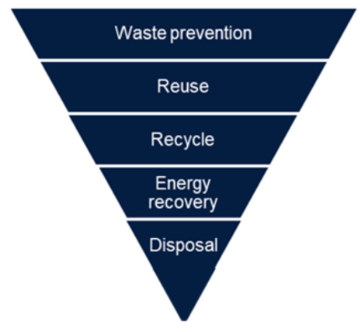An online workshop with Ian Adamson, Technical Manager at Select Environmental Services (the University’s waste management contractor), Maxwell Horner, FM Contracts Manager at the University of Oxford and Richard Brown, FM Manager at the St Cross and Manor Road buildings.
When and where: Wednesday 18 January, 9:30-10:30am via Microsoft Teams.



